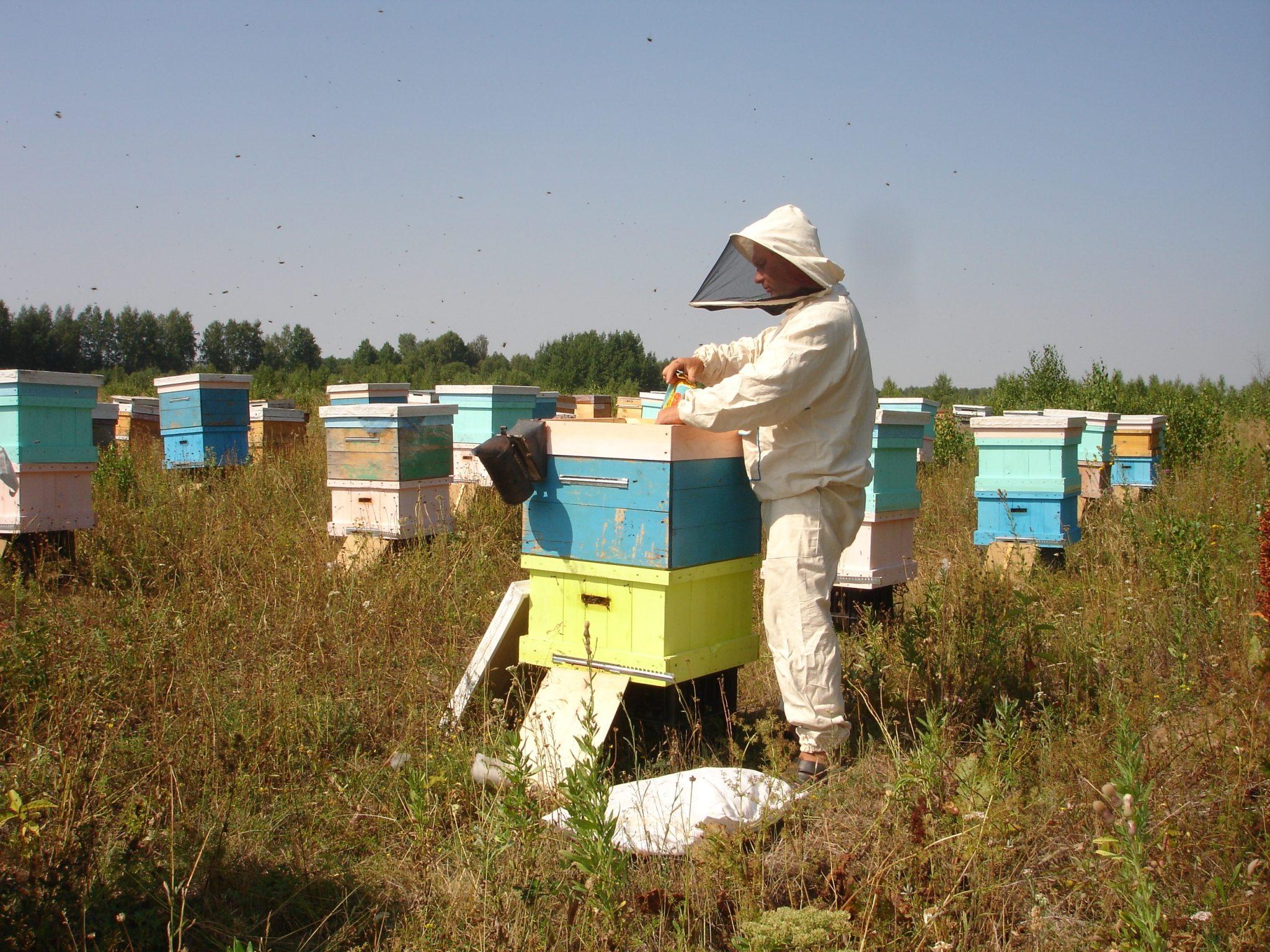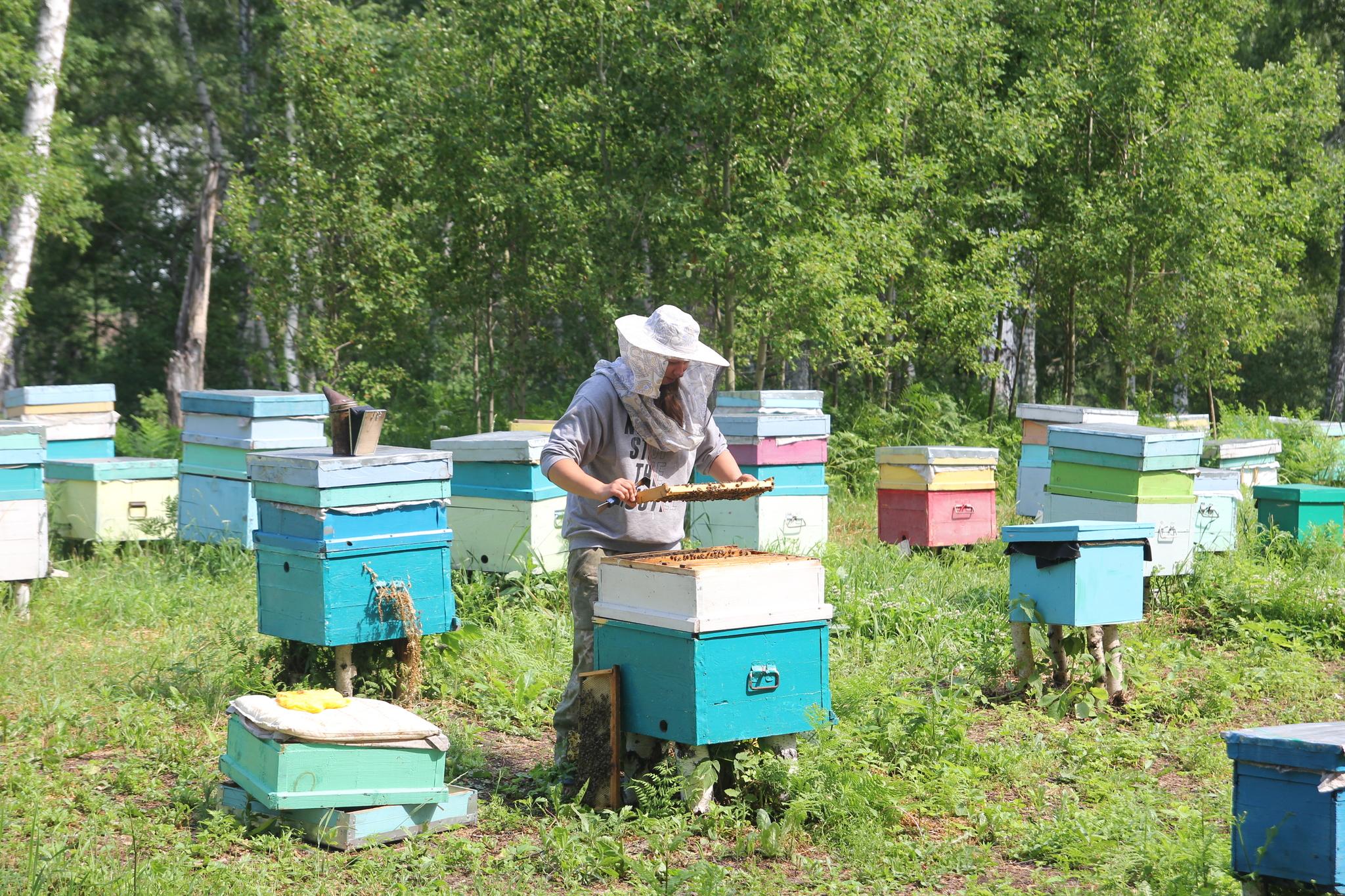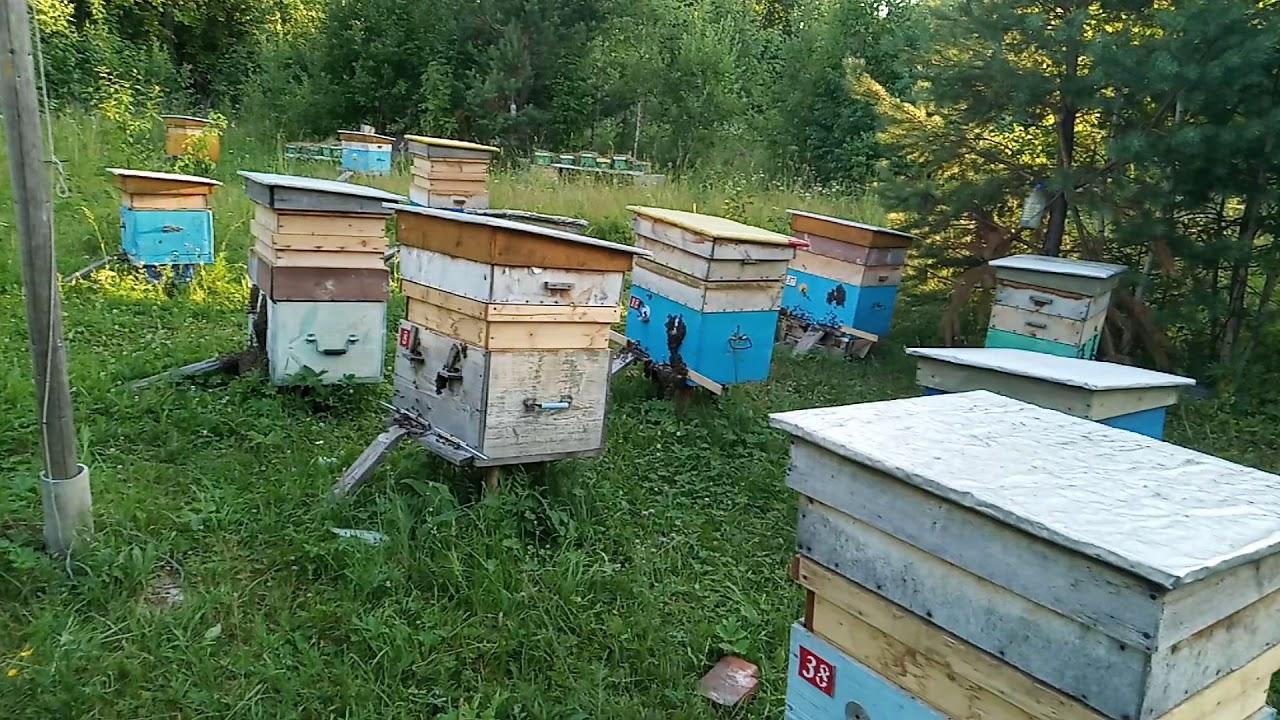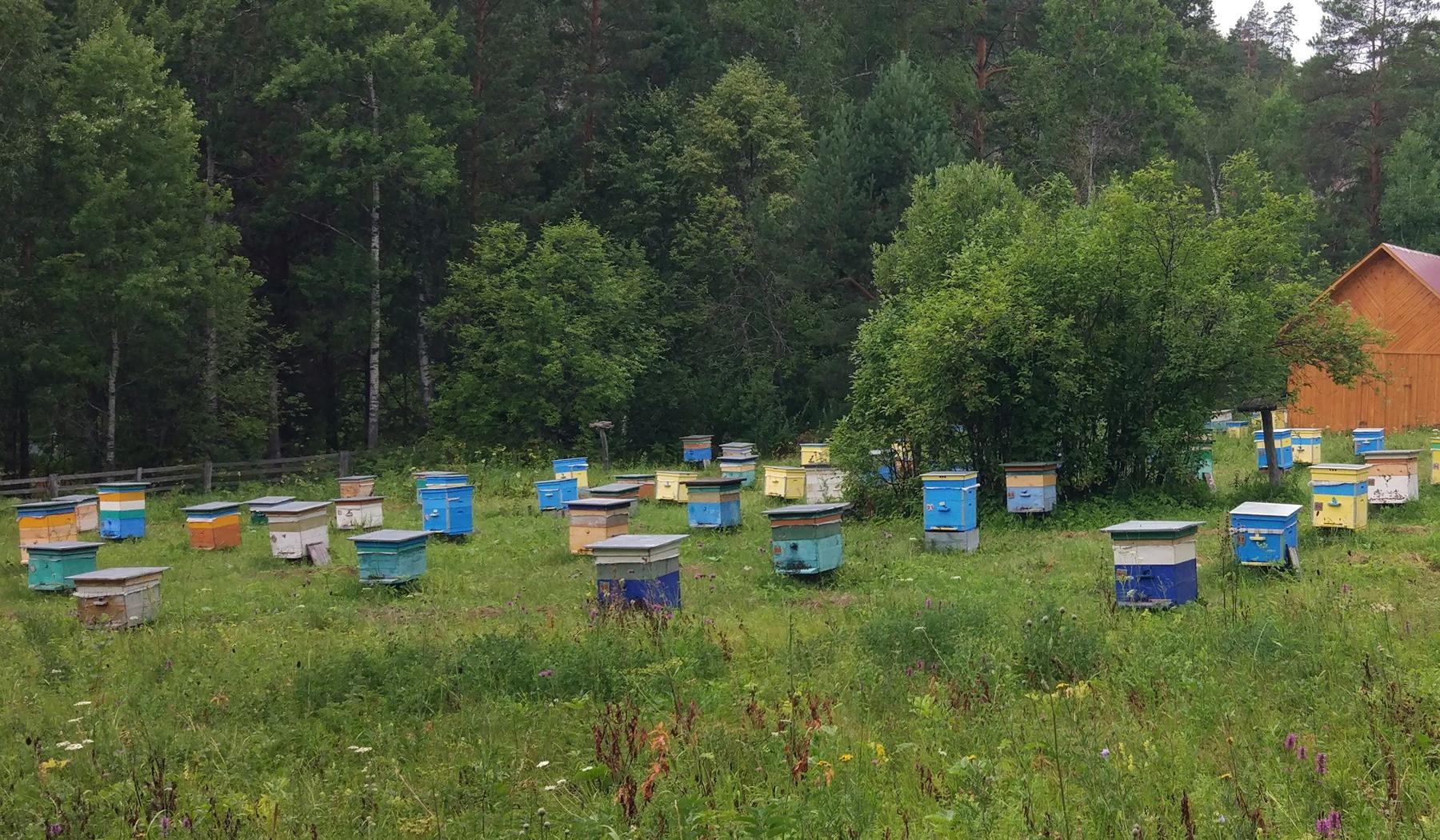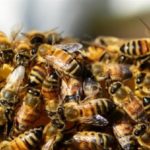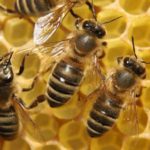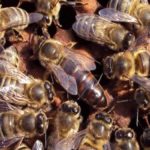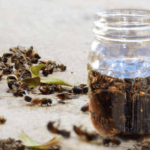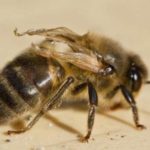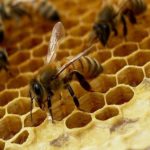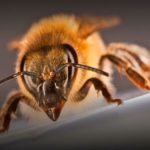The Urals is an area that is not very suitable for beekeeping. This region is characterized by cold winters, wet springs and fairly short summers. Nevertheless, many people are engaged in beekeeping in the Urals. There it is possible to obtain honey with a diastase number of 30. This is considered an excellent indicator. At the same time, when breeding bees, it is important to take into account certain features.
History of Ural beekeeping
The history of the development of beekeeping in the Urals began in the sixteenth and seventeenth centuries. At that time, livestock farms and log apiaries were created in this area.They were organized in private estates and monasteries. Large farms included 600-700 logs. The main products produced during that period included honey and wax.
Beekeeping received special development after the arrival of the Old Believers in the Urals. For them, this type of activity was one of the main ones, like fishing, hunting and farming.
In the nineteenth century, honey insects began to be reared en masse. Therefore, this period is often called the golden age of beekeeping. In the first half of the twentieth century, Russian beekeepers noticed local bees and began to study them.
In the thirties of the last century, an apiary was created from forest insects in the Verkhoturye region and called “Record”. It included 87 bee families. The farm produced about 80 kilograms of honey per year. At first, insects were kept there in logs, and then in frame hives. For the winter, the bees were sent to cellars and omshaniks.
Features of the region
The Urals are characterized by rather harsh weather conditions. This region is characterized by long winters and short, rainy summers. Therefore, bees are forced to remain without flying for 6-7 months. But now beekeeping is considered one of the most developed industries. At the same time, insects are mainly bred in the southern Urals.
For several decades now, the region has been a leader in the production of products such as honey and wax. There are also farms there that specialize in raising purebred bees.
The best bee breeds
Central Russian bees are most suitable for the Urals. They also grow carnika, a Carpathian breed. These insects can survive in harsh climates.
Central Russian bees are characterized by a dark gray color and large size.The weight of insects reaches 100-110 milligrams. They are also characterized by a short proboscis. It is advisable to raise bees of the same breed in an apiary. This makes maintenance simple and profitable.
In addition, representatives of the Central Russian breed are characterized by a number of distinctive features. These include the following:
- aggressive character;
- tendency to swarm;
- strong immunity;
- high productivity;
- the need for a minimum amount of feed in winter;
- Excellent adaptation to different types of hives.
Also in the Urals, the Krajina breed is very common. The main advantage of its representatives is considered to be their peaceful nature. The insects are medium in size and gray in color. Weight is 100-230 milligrams. Individuals are also characterized by a long proboscis - its size reaches 7 millimeters.
Bees tolerate low temperatures well and require minimal amounts of food in winter. The main disadvantage of this breed is considered to be genetic instability. If a foreign drone gets into the family, the species will not receive the required qualities.
Carpathian bees are also actively raised in the Urals. They are distinguished by a gray color and covered with silver fluff. The mass of one individual is 210-230 milligrams. Insects are distinguished by a high degree of endurance and tolerate winters well. At the same time, bees are characterized by an aggressive character. The advantages of the breed are considered to be the absence of a tendency to swarm and the quiet change of queens.
Basic beekeeping methods
In the Urals, different methods of maintaining honey plants are used. The most well-known methods of keeping bees in an apiary include the following:
- Kopteva and Kharchenko;
- Varre;
- Ermolaeva;
- Kashkovsky;
- double-hull and double-hull content.
When breeding insects in the Urals, it is recommended to take into account a number of features:
- It is best to give preference to the Central Russian breed of bees. These insects are best adapted to harsh climates. They are resistant to low temperatures and diseases.
- It is permissible to locate an apiary only in ecologically clean areas of the Urals.
- Bee colonies should be examined by a veterinarian every year. This will help avoid the spread of viral infections.
Beekeeping in the Urals is characterized by a number of features that are associated with the harsh climate. Unfavorable conditions are considered very risky for raising bees. But beekeepers are constantly mastering new technologies and giving preference to winter-hardy breeds. This helps create successful apiaries and achieve excellent honey collection rates.

